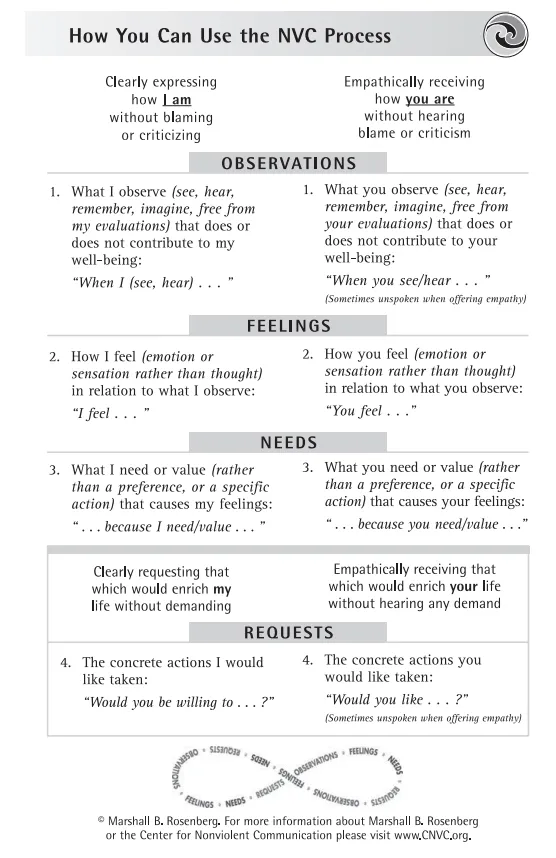Sharing a different perspective is key to nonviolent communication.
My dogs ontop of Mount Greylock
A couple days ago, an article had come out by Newsweek that a professor was suing UCLA because he was suspended for not giving black students an easier final exam in June of 2020, following the death of George Floyd.
Article Link
Although there may be many differences of opinion on this article, what I want to talk about is how non-violent communication may have averted the situation that unfolded.
This is not a political article. I am only speaking about how nonviolent communication can prevent a disaster
Following the death of George Floyd, a student in the professors class had sent him an email before the exam that read,
"We are writing to express our tremendous concern about the impact that this final exam and project will have on the mental and physical health of our Black classmates."
This past summer, I had read the book non-violent communication by Marshall Rosenberg. The book speaks about many different situations in which you could use non-violent communication to let others know that you understand their situation, empathize with them and hear what they are saying, before letting them know if you have a difference of opinion.
This book has helped me tremendously, and has improved my relationships at home, at work and with family.
Where did this university professor go wrong?
Let's take a second to read his response.
"Are there any students that may be of mixed parentage, such as half black half-Asian? What do you suggest I do with respect to them? A full concession or just half? Also, do you have any idea if any students are from Minneapolis? I assume that they are probably especially devastated as well. I am thinking that a white student from there might possibly be even more devastated by this, especially because some might think that they're racist even if they are not."
In his response, the professor did not try to empathize, and instead directed his anger back towards the student.
While I understand where the professor is coming from, this lack of understanding by not trying to connect with the student and diffuse the situation made me cringe.
Nonviolent communication has four distinct parts, observation, feelings, needs and requests. Additionally, Marshall Rosenberg discusses using these paths to nonviolent communication by expressing self-empathy and honesty.
In the situation of the professor, I believe that if he had taken a step back, breathed and empathized with the student, his response would have been much better and there wouldn't have been a signed petition of 20,000 signatures that evening calling for him to be fired.
In this situation, it may have been better if he had not responded at all at that moment, or, if he responded with something along the lines of, "I see that your you are concerned about your classmates and sense that you may be anxious about how they may do in the exam due to current distractions. As a selfless request, this is very admirable, and although I too feel apprehension towards the current situation, I would not be able to fulfill this request, as I need to ensure all students receive equal treatment."
By showing the person on the other end that you can empathize with them and acknowledge their feelings, that person feels heard, and therefore is more open to a conversation. Due to this, nonviolent communication often deescalates confrontational situations so that instead of an all out argument, a debate ensues in which both parties end up learning something about each other.
I am still new to nonviolent communication, and so there are many ways I could improve, but understanding why someone is saying what they are saying, is the key to be able to de-escalate the situation.


